A VERY RARE IMPERIAL PISTOL GUN-BARRELLWanli/Tianqi The cast-iron barrel of slightly tapered rounded form, drilled from solid steel, the surface finely damascened in silver with stylised foliage between the front and rear sight, and inlaid with three Sanskrit characters reading Om Ah Hum above two lines of Chinese characters reading tidu junwu jianguan juchang dudu Cao, jianzao dusi Wang Zhichen between the rear sight and hammer, the reserve incised with a Chinese number two and a craftsman's name reading Pan Shanzai, the the lock plate of yellow metal, stands. 38cm (15in) long. (3).Footnotes明萬曆/天啟 王之臣監造御製䤹銀手銃鎗管 Inscriptions: (front) 'Provincial Commander Cao of Military and Civil affairs in Charge of the Department of Works' and 'Supervisor of the Manufacturing Department Wang Zhichen' (back) 'two' and 'Pan Shanzai' 銘文: (正面)「提督軍務兼管局廠都督曹」「監造都司王之臣」 (背面)「弍」「潘善在」 Muskets were introduced to China in the Jiaqing period of the Ming dynasty, whereas the time when pistols were produced in China remains unknown. The present lot is different from the standard slender 'bird gun' or arquebus of the Ming and Qing dynasties. The thickness is moderate and length is more like a pistol or hand held gun. There is no comparable pistol published or recorded in a public or private collection, and it can perhaps be said to be the earliest Chinese pistol. The three Sanskrit characters 'Om ah hum' on the body of the gun is the mantra of the Vajra Master of Tibetan Tantric Buddhism, which represents the three secrets and three bodies of the Buddha. Porcelain from the Yongle and Xuande periods were often decorated with this mantra. During the Wanli reign of the late Ming period, the emperor abandoned the Daoism of his predecessor, the Jiajing emperor, and the Sanskrit mantra began to appear again on various objects. The silver inscription reads 'Provincial Commander Cao of Military and Civil affairs in Charge of the Department of Works'. The Department of Works was a subdivision of the Bureau of Military Affairs, one of the Eight Bureau of the Ming Court run by eunuchs. In the Ming dynasty, it was not unusual for eunuchs to supervise military affairs as they could counter-balance the power of civil and military officials and report directly to the emperor. During the Zhengde reign, for example, there was the eunuch Zhang Zhong, supervisor of the Royal Stables, who participated in the quelling of Prince Ning's rebellion. Therefore, the Cao in the inscription probably refers to a eunuch in charge of the military staff bureau. The Wang Zhichen mentioned in the inscription as 'Supervisor of the Manufacturing Department', was a native of Tongguan County, Shaanxi Province. He achieved his jinshi degree in the 23rd year of the Wanli reign (1595). In the second year of the Tianqi reign (1622), he served in the military department as Imperial inspector of Xuanfu. In the fifth year of Tianqi, he was promoted to the chief servant of the Ministry of War, and served as Governor of Jiliao. In the sixth year, he served as the Minister of the Ministry of War and the chief deputy censor. He was recalled back to the capital however, in the first year of the Chongzhen reign (1628) and implicated after the fall from grace of the powerful eunuch Wei Zhongxian (1568-1627), whereupon he was forced to retire from public service. Guns such as muskets and the arquebus were introduced into China via two routes: the Portuguese from the sea in the south, and the Ottomans from the West overland. In respect of the overland route, the earliest guns can be traced back to the Zhengde period, when Turpan annexed Hami. The Ming dynasty rushed to help Hami but was repelled by firearms obtained by Turpan from Turkey. In the Ming dynasty, the Ottoman empire was referred to as Lumi (perhaps deriving from Rum). Zhao Shizhen (active 1552-1611) in his treatise Shen qi pu ('Record of Sacred Instruments') notes a 'Lumi gun', the illustration of which is similar to the present lot. See Zhao Shizhe
A VERY RARE IMPERIAL PISTOL GUN-BARRELLWanli/Tianqi The cast-iron barrel of slightly tapered rounded form, drilled from solid steel, the surface finely damascened in silver with stylised foliage between the front and rear sight, and inlaid with three Sanskrit characters reading Om Ah Hum above two lines of Chinese characters reading tidu junwu jianguan juchang dudu Cao, jianzao dusi Wang Zhichen between the rear sight and hammer, the reserve incised with a Chinese number two and a craftsman's name reading Pan Shanzai, the the lock plate of yellow metal, stands. 38cm (15in) long. (3).Footnotes明萬曆/天啟 王之臣監造御製䤹銀手銃鎗管 Inscriptions: (front) 'Provincial Commander Cao of Military and Civil affairs in Charge of the Department of Works' and 'Supervisor of the Manufacturing Department Wang Zhichen' (back) 'two' and 'Pan Shanzai' 銘文: (正面)「提督軍務兼管局廠都督曹」「監造都司王之臣」 (背面)「弍」「潘善在」 Muskets were introduced to China in the Jiaqing period of the Ming dynasty, whereas the time when pistols were produced in China remains unknown. The present lot is different from the standard slender 'bird gun' or arquebus of the Ming and Qing dynasties. The thickness is moderate and length is more like a pistol or hand held gun. There is no comparable pistol published or recorded in a public or private collection, and it can perhaps be said to be the earliest Chinese pistol. The three Sanskrit characters 'Om ah hum' on the body of the gun is the mantra of the Vajra Master of Tibetan Tantric Buddhism, which represents the three secrets and three bodies of the Buddha. Porcelain from the Yongle and Xuande periods were often decorated with this mantra. During the Wanli reign of the late Ming period, the emperor abandoned the Daoism of his predecessor, the Jiajing emperor, and the Sanskrit mantra began to appear again on various objects. The silver inscription reads 'Provincial Commander Cao of Military and Civil affairs in Charge of the Department of Works'. The Department of Works was a subdivision of the Bureau of Military Affairs, one of the Eight Bureau of the Ming Court run by eunuchs. In the Ming dynasty, it was not unusual for eunuchs to supervise military affairs as they could counter-balance the power of civil and military officials and report directly to the emperor. During the Zhengde reign, for example, there was the eunuch Zhang Zhong, supervisor of the Royal Stables, who participated in the quelling of Prince Ning's rebellion. Therefore, the Cao in the inscription probably refers to a eunuch in charge of the military staff bureau. The Wang Zhichen mentioned in the inscription as 'Supervisor of the Manufacturing Department', was a native of Tongguan County, Shaanxi Province. He achieved his jinshi degree in the 23rd year of the Wanli reign (1595). In the second year of the Tianqi reign (1622), he served in the military department as Imperial inspector of Xuanfu. In the fifth year of Tianqi, he was promoted to the chief servant of the Ministry of War, and served as Governor of Jiliao. In the sixth year, he served as the Minister of the Ministry of War and the chief deputy censor. He was recalled back to the capital however, in the first year of the Chongzhen reign (1628) and implicated after the fall from grace of the powerful eunuch Wei Zhongxian (1568-1627), whereupon he was forced to retire from public service. Guns such as muskets and the arquebus were introduced into China via two routes: the Portuguese from the sea in the south, and the Ottomans from the West overland. In respect of the overland route, the earliest guns can be traced back to the Zhengde period, when Turpan annexed Hami. The Ming dynasty rushed to help Hami but was repelled by firearms obtained by Turpan from Turkey. In the Ming dynasty, the Ottoman empire was referred to as Lumi (perhaps deriving from Rum). Zhao Shizhen (active 1552-1611) in his treatise Shen qi pu ('Record of Sacred Instruments') notes a 'Lumi gun', the illustration of which is similar to the present lot. See Zhao Shizhe
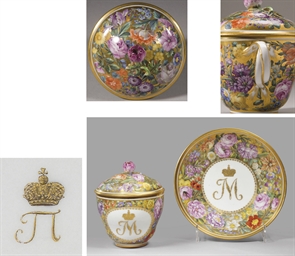
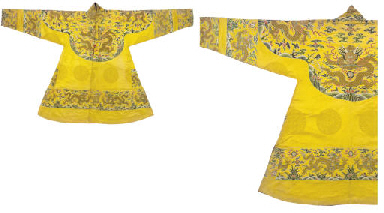
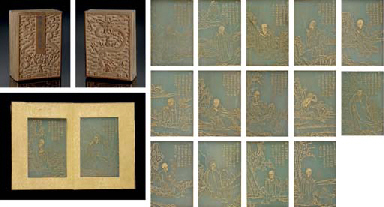
.jpg)
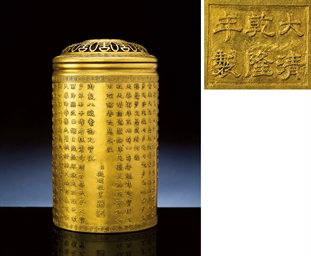
.jpg)
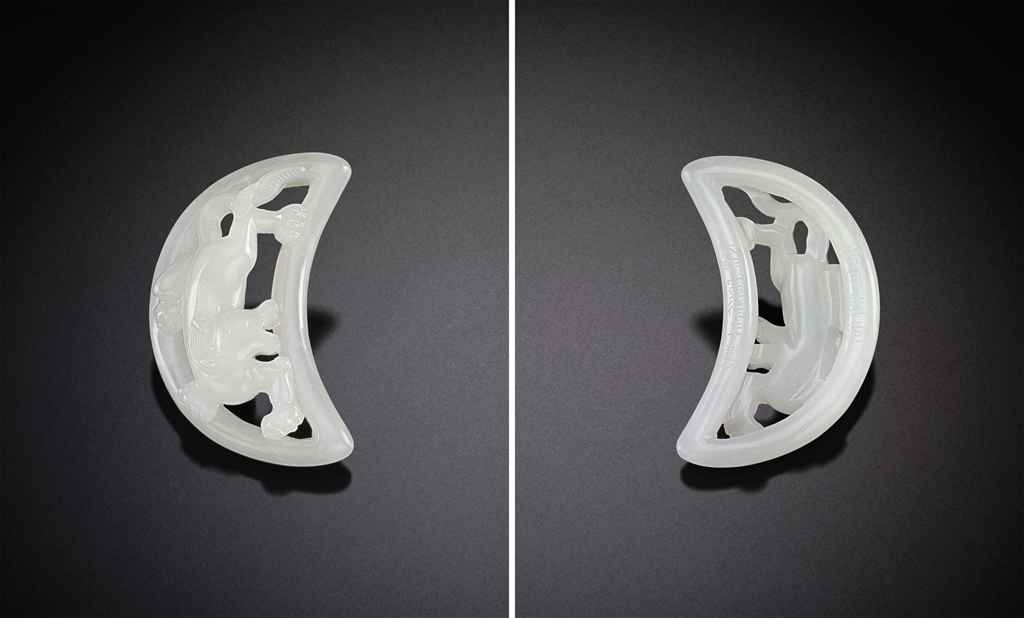
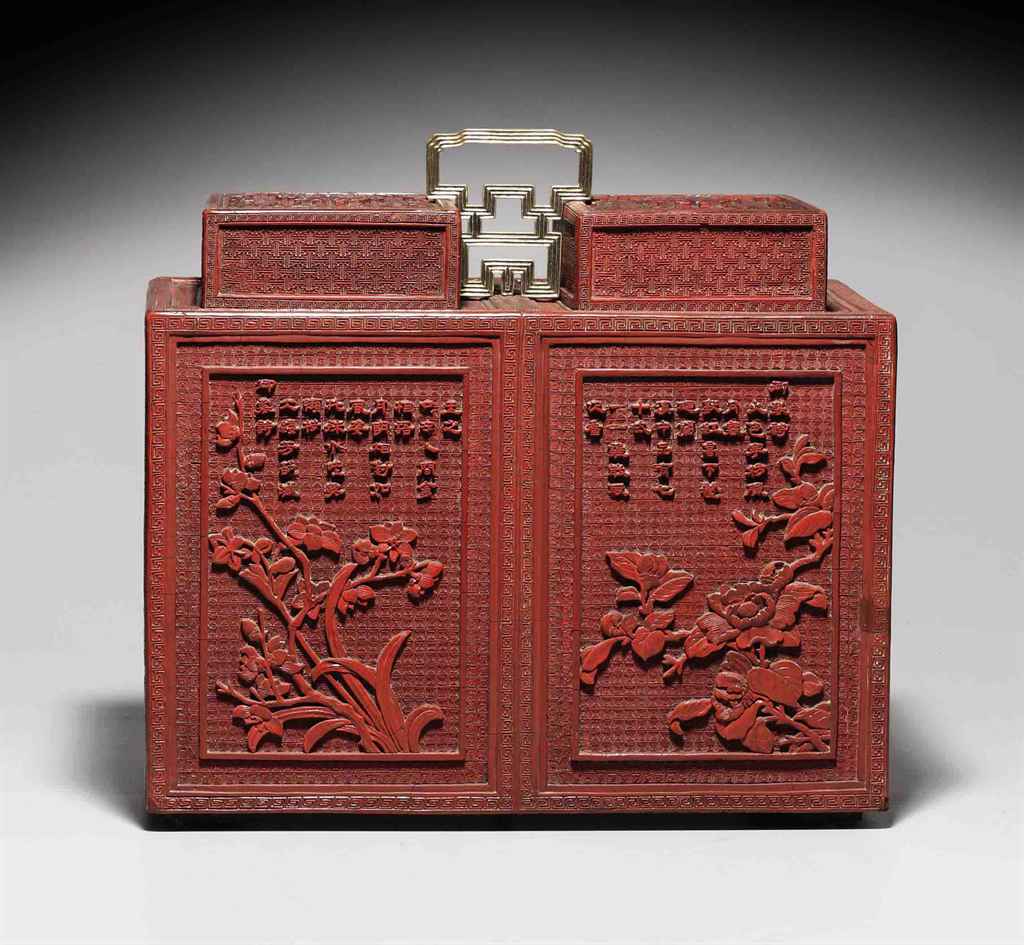
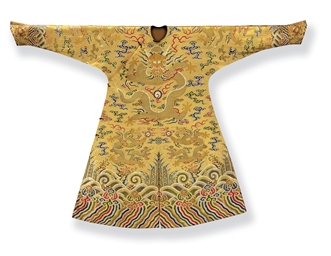
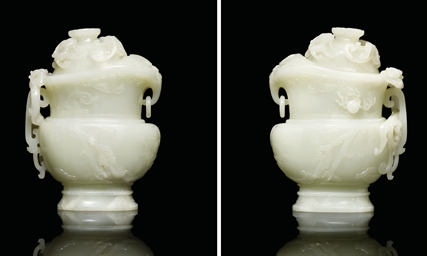
.jpg)
.jpg)
.jpg)
.jpg)
.jpg)
Try LotSearch and its premium features for 7 days - without any costs!
Be notified automatically about new items in upcoming auctions.
Create an alert